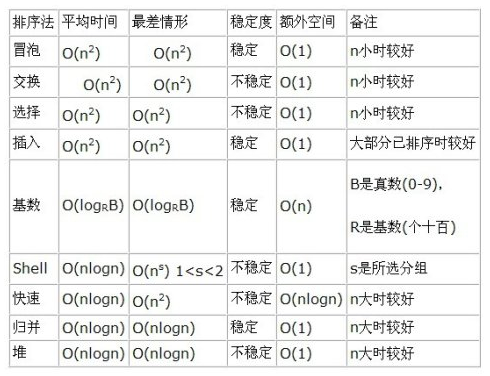python字符串加密解密的三种方法分享(base64 win32com)
1. 最简单的方法是用base64:
import base64
s1 = base64.encodestring('hello world')
s2 = base64.decodestring(s1)
print s1,s2
# aGVsbG8gd29ybGQ=\n
# hello world
Note: 这是最简单的方法了,但是不够保险,因为如果别人拿到你的密文,也可以自己解密来得到明文
2. 第二种方法是使用win32com.client
import win32com.client
def encrypt(key,content): # key:密钥,content:明文
EncryptedData = win32com.client.Dispatch('CAPICOM.EncryptedData')
EncryptedData.Algorithm.KeyLength = 5
EncryptedData.Algorithm.Name = 2
EncryptedData.SetSecret(key)
EncryptedData.Content = content
return EncryptedData.Encrypt()
def decrypt(key,content): # key:密钥,content:密文
EncryptedData = win32com.client.Dispatch('CAPICOM.EncryptedData')
EncryptedData.Algorithm.KeyLength = 5
EncryptedData.Algorithm.Name = 2
EncryptedData.SetSecret(key)
EncryptedData.Decrypt(content)
str = EncryptedData.Content
return str
s1 = encrypt('lovebread', 'hello world')
s2 = decrypt('lovebread', s1)
print s1,s2
# MGEGCSsGAQQBgjdYA6BUMFIGCisGAQQBgjdYAwGgRDBCAgMCAAECAmYBAgFABAgq
# GpllWj9cswQQh/fnBUZ6ijwKDTH9DLZmBgQYmfaZ3VFyS/lq391oDtjlcRFGnXpx
# lG7o
# hello world
Note: 这种方法也很方便,而且可以设置自己的密钥,比第一种方法更加安全,是加密解密的首选之策!
3. 还有就是自己写加密解密算法,比如:
def encrypt(key, s):
b = bytearray(str(s).encode("gbk"))
n = len(b) # 求出 b 的字节数
c = bytearray(n*2)
j = 0
for i in range(0, n):
b1 = b[i]
b2 = b1 ^ key # b1 = b2^ key
c1 = b2 % 16
c2 = b2 // 16 # b2 = c2*16 + c1
c1 = c1 + 65
c2 = c2 + 65 # c1,c2都是0~15之间的数,加上65就变成了A-P 的字符的编码
c[j] = c1
c[j+1] = c2
j = j+2
return c.decode("gbk")
def decrypt(key, s):
c = bytearray(str(s).encode("gbk"))
n = len(c) # 计算 b 的字节数
if n % 2 != 0 :
return ""
n = n // 2
b = bytearray(n)
j = 0
for i in range(0, n):
c1 = c[j]
c2 = c[j+1]
j = j+2
c1 = c1 - 65
c2 = c2 - 65
b2 = c2*16 + c1
b1 = b2^ key
b[i]= b1
try:
return b.decode("gbk")
except:
return "failed"
key = 15
s1 = encrypt(key, 'hello world')
s2 = decrypt(key, s1)
print s1,'\n',s2
# HGKGDGDGAGPCIHAGNHDGLG
# hello world

